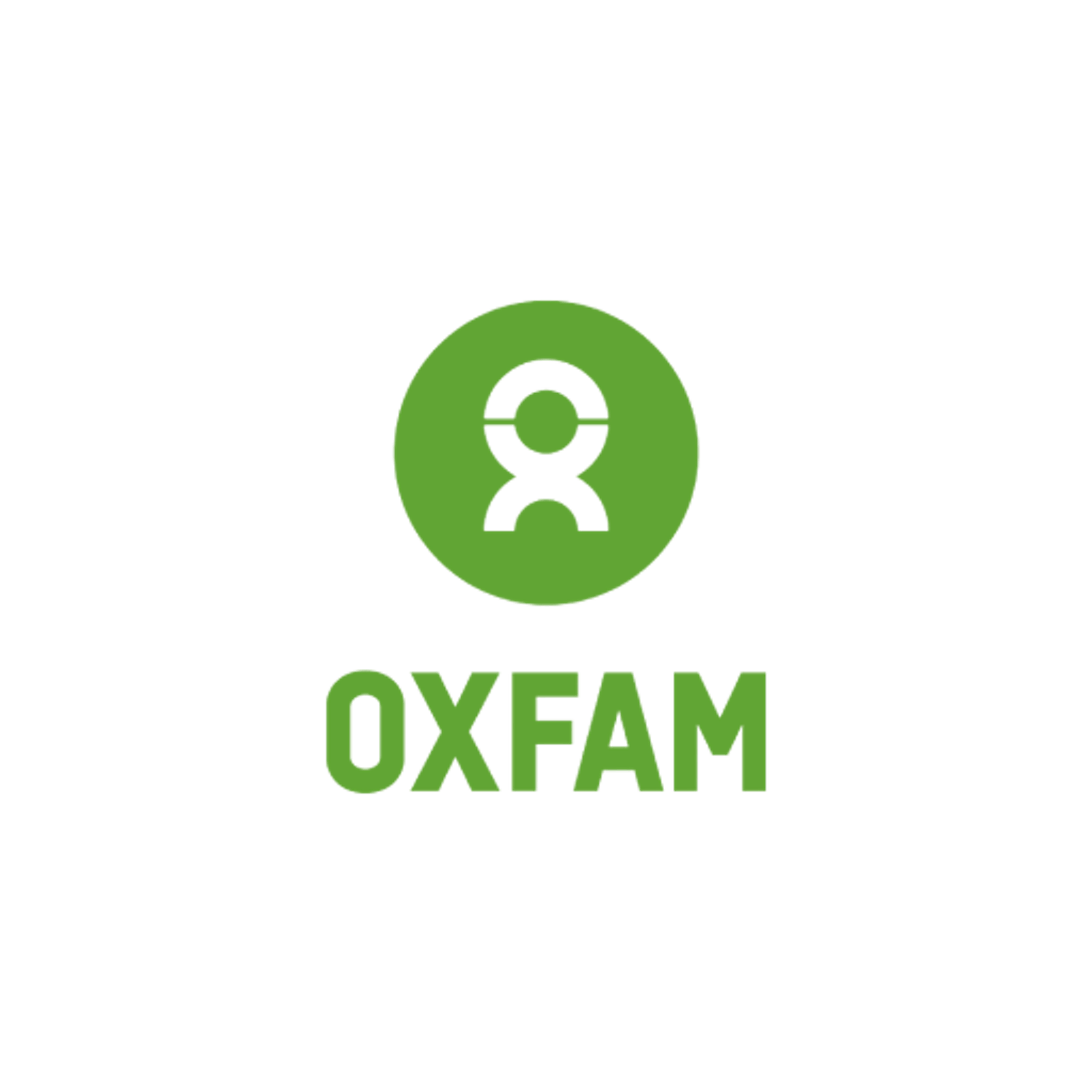
Downloads
Overview
To respond to the outbreak of the COVID-19 pandemic, the International Monetary Fund (IMF) has committed its $1 trillion lending capacity and as of March 15, 2021, had provided $107 billion worth of financial assistance to 85 countries around the world. Oxfam has reviewed the publicly available IMF COVID-19 loan documents associated with 107 loans to these countries, extracting and collating select data from each loan document relevant to spending, accountability, and proposed recovery measures.
Under its surveillance mandate, the IMF has conducted several virtual Article IV Consultations in the aftermath of the COVID-19 crisis. Oxfam has reviewed the Article IV reports, published between September 2020 and March 2021, of countries which received loans from the Fund. The inclusion of Article IV reports is meant to shed further light and details on the direction of the Fund’s country-specific policy recommendations as the crisis has evolved since the disbursement of the loan.
The tracker covers the amounts of funding IMF committed and disbursed to borrowing countries by region (column 2), types of financing instruments the Fund has employed (column 2), the borrowing countries’ current debt situation (column 3), fiscal policy measures, particularly social spending aimed at addressing the crisis (column 4), anti-corruption and transparency measures which countries have committed to undertake (column 5), and proposed fiscal measures for the recovery period (column 6).
There is an overwhelming amount of information available on the IMF’s website and associated with each loan. This particular dataset has been compiled for the benefit of persons and institutions wanting a snapshot view of what governments are borrowing, what they intend to do with these funds, and what policy measures the IMF is encouraging countries to take during the pandemic and in the recovery period. The intention is to shine more light on these agreements, find trends, provide citizens and civil society with a starter-kit to understand these loans better, and be able to hold governments and the IMF more accountable.
All text provided in this tracker are direct excerpts manually selected and extracted from publicly available official IMF reports. Every effort has been made to verify the accuracy of the information contained in this dataset and all information is believed to be correct as of March 15th, 2021.
Note: An earlier version of this dataset remains available here which was correct as of September 2020.
